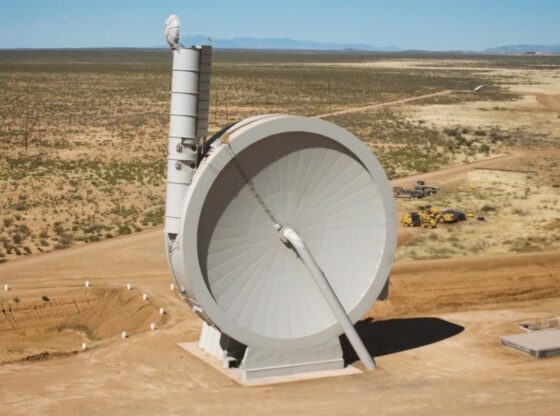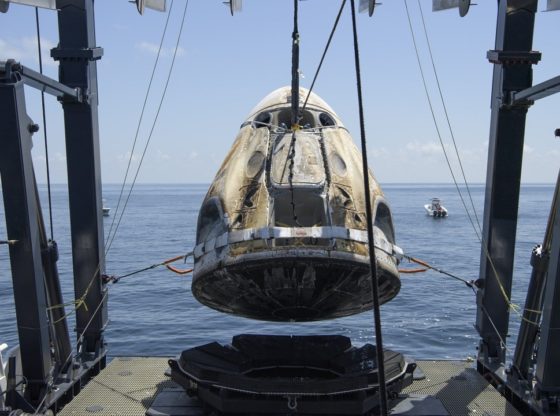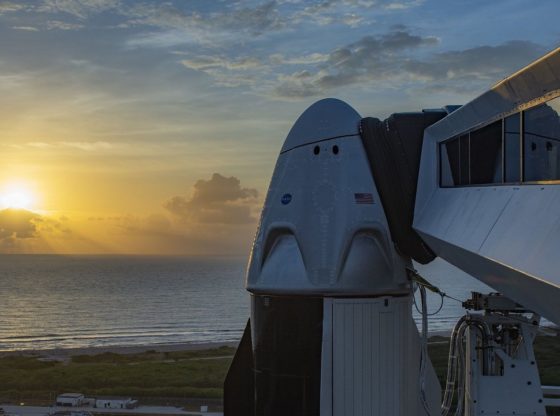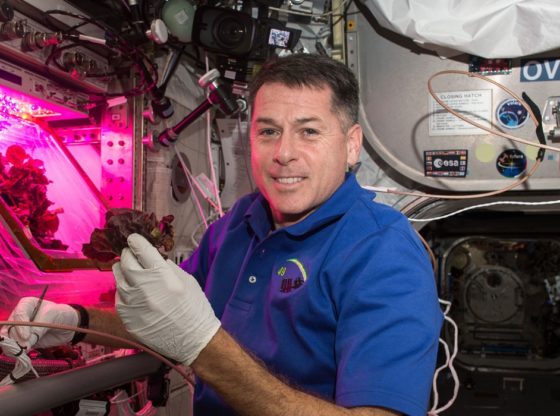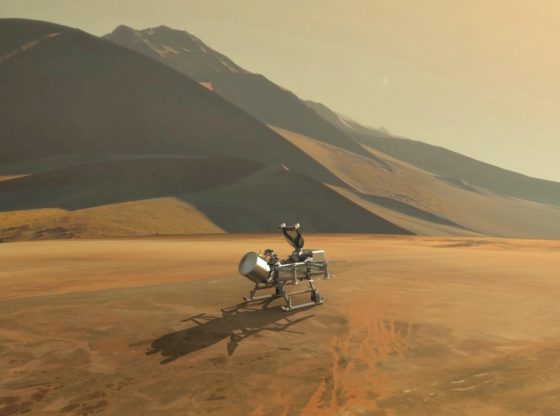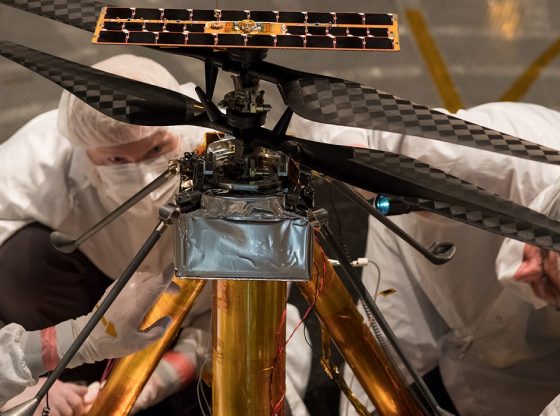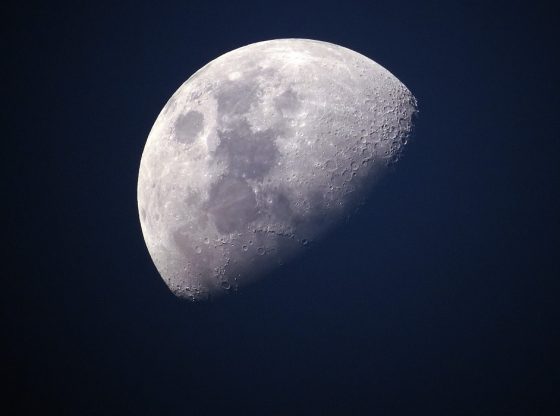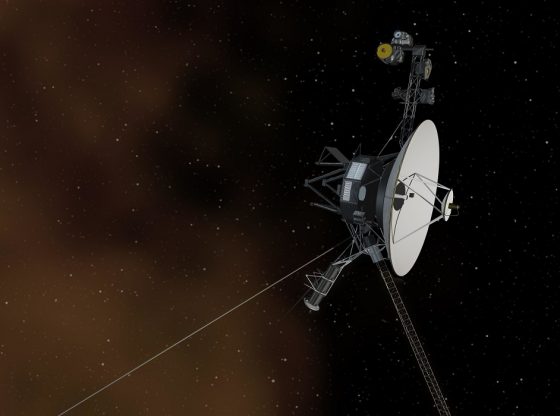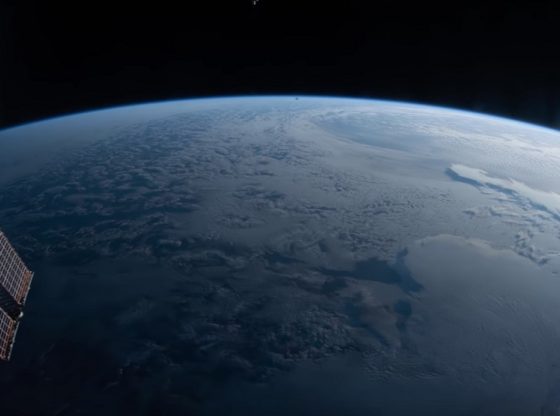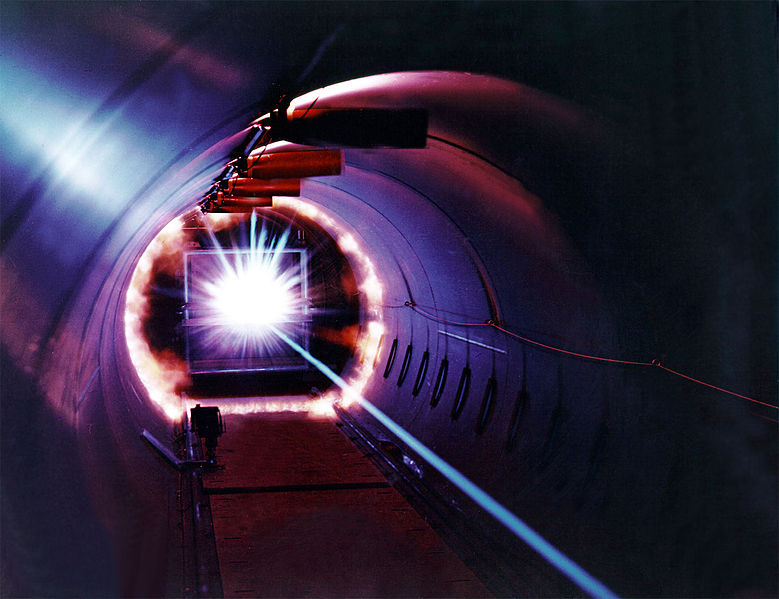
The Swiss Space Center at EPFL recently launched the “CleanSpace One” project. Their aim is to design and build a satellite that will chase down, collect and destroy space debris.
There are several thousands of loose pieces, rocket stages and other debris orbiting the Earth, which endangers satellites and space travelers.
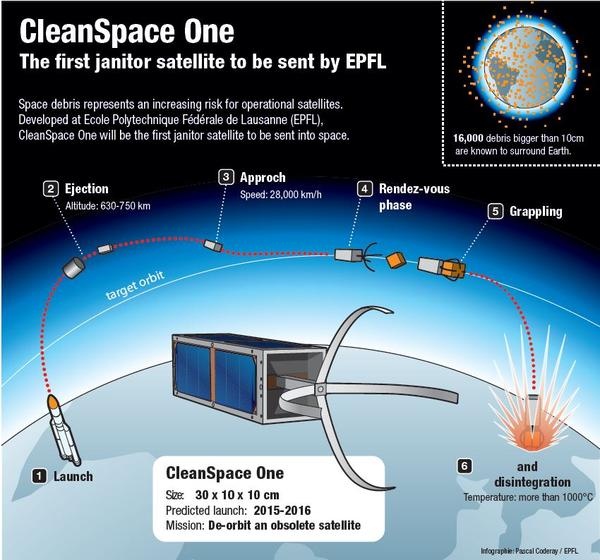
NASA aims to keep track of debris but must actually schedule launches to avoid large pieces of orbiting trash.
Then there are the random bits of debris not big enough to allow being tracked. And there are millions of them. Although small in size they can move at speeds up to 7-8 kilometers per second (4,3 miles per second).
The Swiss Space Center at the École Polytechnique Fédérale de Lausanne together with the company S3, Swiss Space Systems will build the garbage-collecting-satellite named Clean Space One.
The satellite weighs 30 kilograms (66 pounds) and will be sent into orbit in a small space shuttle, taking off from the back of a jetliner, called The European Suborbital Reusable Shuttle (SOAR). The plane, an Airbus A300 jetliner, is more fuel efficient than a rocket and the space shuttle can be used multiple times – thereby lowering costs substantially.
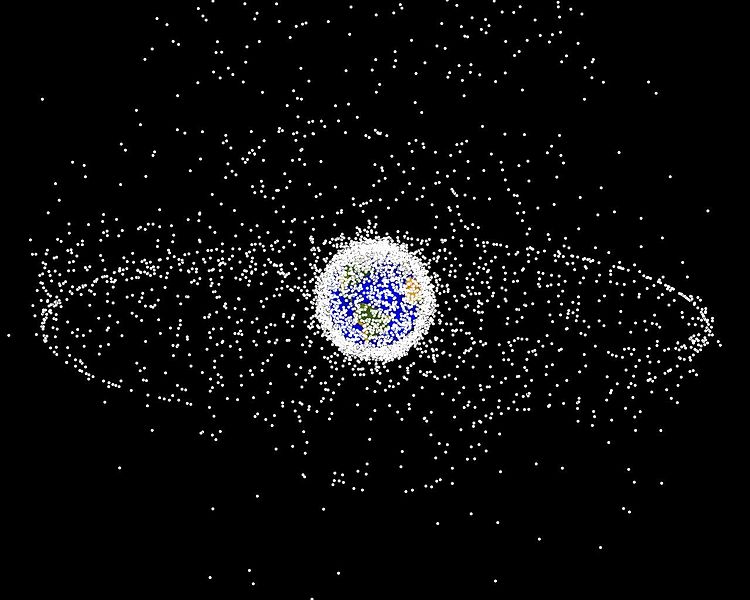
The Clean Space One will be sent on its first mission to capture a disabled Swiss Nanosatellite in 2018,
With its first test launches to be carried out by the end of 2017.
_______________
NASA: Speed of debris
Swiss Space Center
NASA: Space Debris and Human Spacecraft
______________________________

